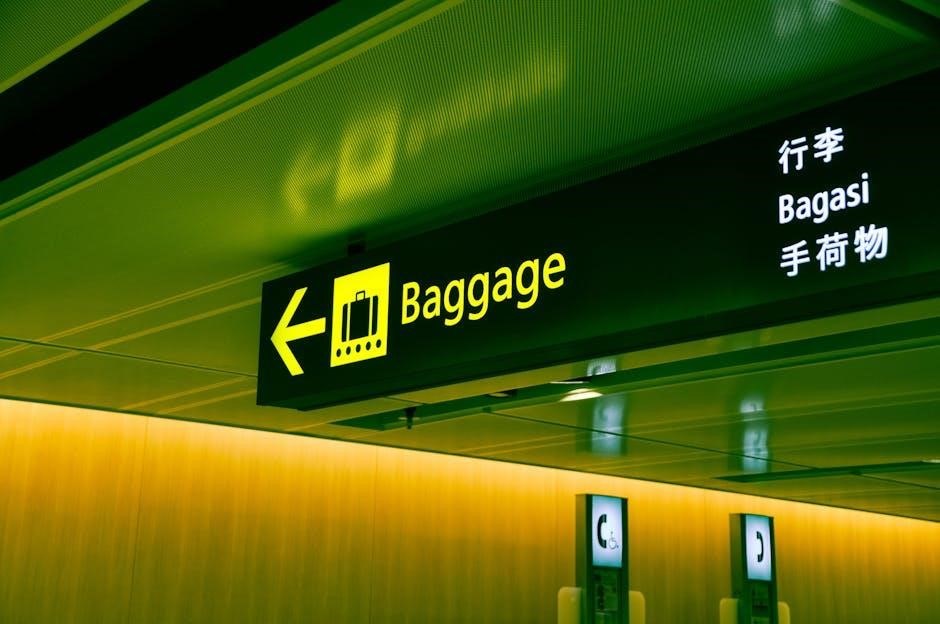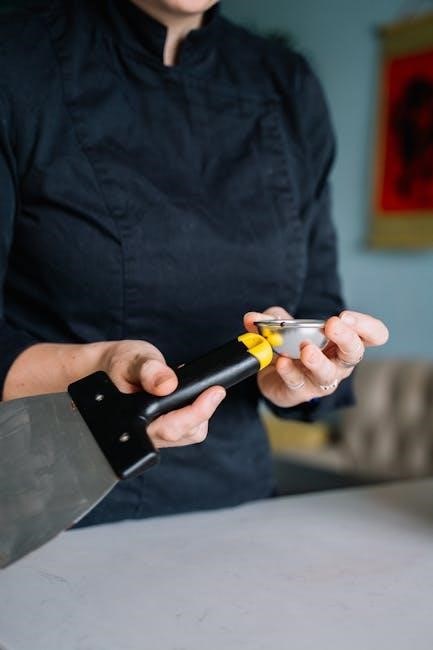Welcome to the Ducane furnace troubleshooting guide! This resource helps homeowners identify and resolve common furnace issues, ensuring efficient heating and prolonging system lifespan.

Common Issues with Ducane Furnaces
Ducane furnaces often face ignition problems, blower motor malfunctions, error codes, and thermostat connectivity issues, which can disrupt heating performance and require timely troubleshooting or professional intervention.
Ignition Problems
Ignition issues are common in Ducane furnaces, often indicated by error codes or LED flashes. A faulty ignitor, gas supply problems, or a malfunctioning flame sensor can cause the furnace to fail to ignite. Users have reported issues like intermittent ignition or complete lockouts, especially in models such as the Ducane 95G1UH. These problems can stem from worn-out components, dirt buildup, or improper gas pressure settings. Troubleshooting steps include checking the gas valve, ensuring proper ventilation, and inspecting the ignitor for damage. If the issue persists, consulting a professional is recommended to avoid safety risks and ensure proper repairs. Regular maintenance can help prevent ignition-related problems and maintain efficient heating performance. Always prioritize safety when addressing furnace ignition concerns.
Blower Motor Issues
Blower motor problems in Ducane furnaces can lead to reduced airflow, inconsistent heating, or complete system shutdowns. Common symptoms include unusual noises, such as grinding or humming, or the motor failing to start. These issues often arise from worn-out bearings, misaligned or loose belts, or excessive dust buildup in the motor or vents. In some cases, overheating due to blockages or faulty limit switches can also cause blower motor malfunctions. Homeowners should inspect the belts for wear, ensure proper ventilation, and clean filters to prevent such issues. If the motor continues to malfunction, professional inspection or replacement may be necessary to restore optimal heating performance and prevent further damage to the furnace system. Regular maintenance can help identify and address blower motor issues early, ensuring reliable operation during colder months.
Troubleshooting Steps for Ducane Furnaces
Start with checking power supply, ensuring the furnace is properly plugged in and circuits are functioning. Inspect components like filters and vents for blockages or damage. Adjust thermostat settings to confirm proper operation. If issues persist, consult error codes or manuals for specific guidance. Regular maintenance and inspections can prevent many common problems, ensuring reliable heating performance throughout the season. Always prioritize safety when performing DIY troubleshooting steps to avoid potential hazards. If unsure, consider reaching out to a certified technician for assistance.
Checking Power Supply
Ensure the furnace is receiving power by verifying that it is properly plugged in and that the circuit breaker or fuse hasn’t tripped. Check the power switch, often located near the furnace, to confirm it is in the “on” position. If the furnace has a dedicated circuit, ensure it is functioning correctly. Consult the owner’s manual for specific instructions, as some models may have unique power requirements. If the issue persists, inspect for loose connections or damaged cords. Routine inspections of the power supply can help prevent unexpected shutdowns. Always exercise caution when working with electrical components, and if unsure, consider consulting a licensed technician to ensure safety and proper functionality.
Adjusting Thermostat Settings
Begin by ensuring the thermostat is set to “heat” mode and the desired temperature is higher than the current room temperature. If your thermostat is programmable, verify the schedule and settings to ensure it is calling for heat. Common issues include incorrect mode settings or low battery in wireless models. Check for any programming errors or conflicts that might prevent the furnace from activating. If the thermostat is non-programmable, try raising the setpoint slightly to trigger the heating cycle. Always turn the thermostat off and on again to reset it if it appears unresponsive. If adjustments don’t resolve the issue, consider replacing the batteries or ensuring proper installation. Regularly inspecting and maintaining your thermostat can prevent heating disruptions and ensure optimal performance.
Inspecting Air Filters and Vents
Inspecting air filters and vents is a critical step in maintaining your Ducane furnace’s efficiency and performance. Start by locating the air filter, usually found near the furnace or return air duct. Remove the filter and inspect for dust, dirt, or debris. If it’s dirty, replace it with a new one or clean it according to the manufacturer’s instructions. Next, check all vent registers and grilles throughout your home to ensure they are open and unobstructed. Blockages can restrict airflow, leading to reduced heating efficiency or system strain. Additionally, inspect the main ductwork for any visible damage, leaks, or signs of wear. Regularly cleaning or replacing filters and ensuring vents are clear can significantly improve your furnace’s operation and energy efficiency. This simple maintenance step can prevent many common issues and extend the lifespan of your system.
Understanding Error Codes on Ducane Furnaces
Error codes on Ducane furnaces are diagnostic tools indicating specific issues. Each code corresponds to a problem, such as ignition failures or sensor malfunctions, guiding repairs effectively.
Common Error Code Definitions
Ducane furnaces use specific error codes to indicate malfunctions. For example, a flashing LED light may signal issues like ignition failures or faulty sensors. Code definitions vary by model but generally fall into categories such as combustion problems, system lockouts, or sensor errors. Understanding these codes helps homeowners pinpoint issues quickly. For instance, three flashes often indicate a flame sense failure, while continuous flashing may signal a locked-out system due to repeated issues. Referencing the user manual or manufacturer guidelines provides precise code meanings, enabling effective troubleshooting. Regular maintenance and prompt repairs based on error code insights ensure optimal furnace performance and safety. Always consult a professional if unsure about code interpretations or repairs.

Maintenance Tips to Prevent Future Issues
Regular maintenance is key to preventing Ducane furnace issues. Start by replacing air filters monthly and cleaning vents to ensure proper airflow. Inspect the gas line for leaks and check the vent system for blockages or damage. Ensure the furnace area is clear of clutter to avoid fire hazards. Schedule annual professional inspections to identify and address potential problems early. Additionally, check thermostat settings to ensure they are accurate and functioning correctly. Tighten loose electrical connections and inspect the drain line for blockages. By following these steps, you can extend the furnace’s lifespan, improve efficiency, and prevent unexpected breakdowns. Consistent upkeep also enhances safety and reduces energy costs over time.

Safety Precautions During Troubleshooting
When troubleshooting your Ducane furnace, prioritize safety to avoid accidents. Always disconnect power to the furnace at the circuit breaker before performing any inspections or repairs. Wear protective gloves and eyewear to shield yourself from potential hazards. Never attempt to repair gas lines or igniter systems without proper training, as this can lead to dangerous gas leaks or fires. Ensure the area is well-ventilated to prevent carbon monoxide buildup. If you suspect a gas leak, evacuate the premises immediately and contact a professional. Never bypass safety features or disable alarms, as this can compromise your safety. If unsure about any step, it’s best to call a licensed HVAC technician to handle the issue. Remember, safety should always come first when working with heating systems.

When to Call a Professional
There are situations during Ducane furnace troubleshooting where it’s best to call a professional; If you encounter persistent error codes, gas leaks, or unfamiliar issues, seek expert help. Complex problems like faulty igniters, cracked heat exchangers, or malfunctioning control boards require specialized tools and knowledge. Additionally, if your furnace is old or has a history of recurring issues, a professional can assess its condition and recommend necessary repairs or replacements. DIY attempts on gas or electrical systems can be dangerous, so always prioritize safety by consulting a licensed HVAC technician. They can ensure repairs are done correctly, preventing further damage or safety hazards; Don’t hesitate to call a professional if you’re unsure or uncomfortable handling the issue yourself.
Additional Resources for Further Assistance
For further guidance on Ducane furnace troubleshooting, explore the following resources. Visit the official Ducane website for detailed manuals, error code lists, and troubleshooting guides specific to your model; Online forums like HVAC Technician forums or home improvement communities often share real-life solutions and expert advice. YouTube tutorials and manufacturer-sponsored videos can provide visual step-by-step instructions. Additionally, consult local HVAC professionals for hands-on assistance. Many repair services offer free diagnostics or online resources. Don’t forget to check local libraries or hardware stores for printed guides. These resources ensure you have comprehensive support when resolving furnace issues. Always cross-reference information to ensure accuracy and safety.



